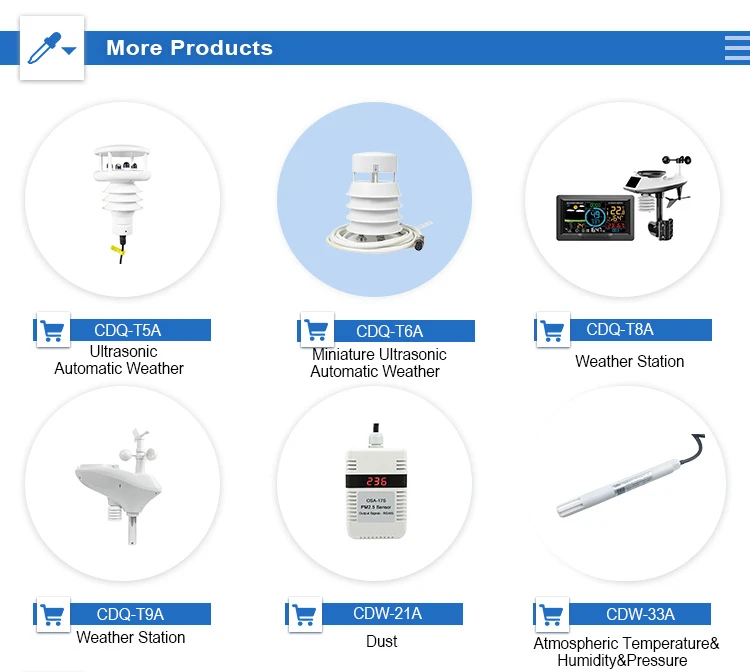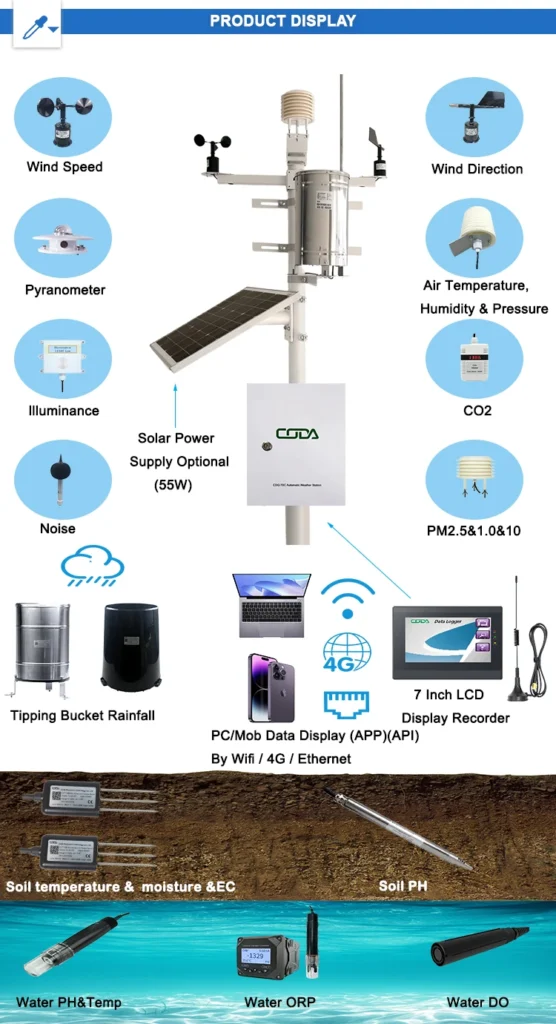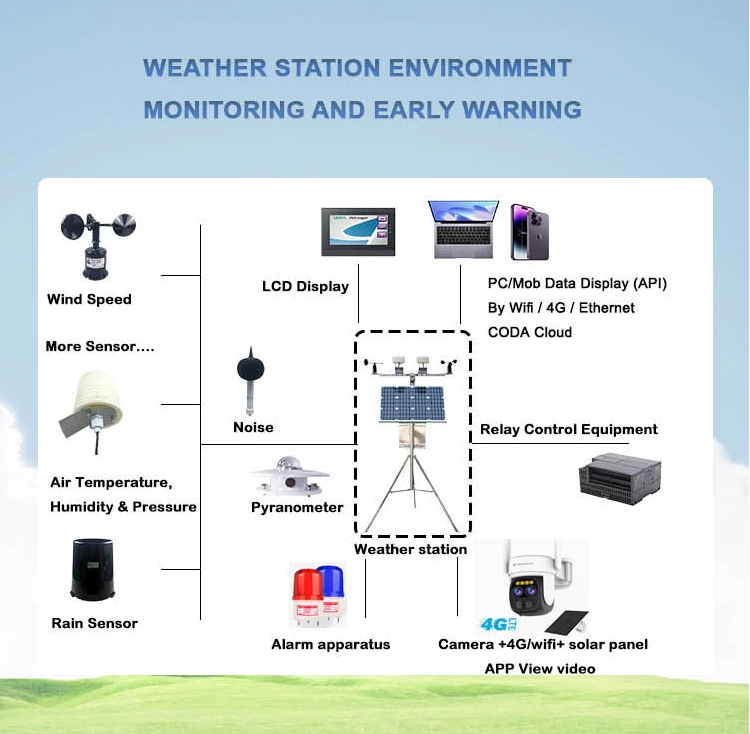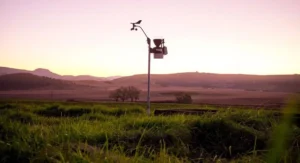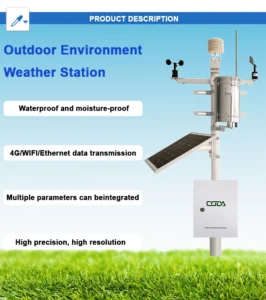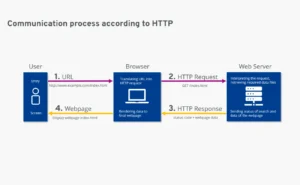Application of Wireless Sensor Networks in Environmental Monitoring
In recent years, wireless sensor networks have improved quickly. This gives us hope for better environmental protection and monitoring. Many businesses and organizations are using wireless sensor networks in their environmental monitoring systems.
Wireless sensor networks are important for economic and social progress. They help update governance systems and make them better. They also meet the public’s need for a better life.
What is a Wireless Sensor Network?
A wireless sensor network (WSN) is a network made up of many sensor nodes. These nodes talk to each other using wireless technology. Each sensor node typically has four main parts:
1. **Data acquisition unit**:
It collects and changes information from the surroundings. This includes light levels, air pressure, and moisture in the air.
2. **Data transmission unit**:
Allows wireless data sharing and sends collected information between various nodes.
3. **Data processing unit**:
Manages routing protocols, watches over node activities, and takes care of positioning tasks.
4. **Energy supply unit**:
Powers the nodes and often uses small batteries to save space.
The nodes in a WSN are of two types: sensor nodes and sink nodes. Sensor nodes collect and send data about the environment. Sink nodes serve as gateways.
They filter out inaccurate data, combine reports, and assess events. Sink nodes can talk directly to user nodes. They use wide-area networks or satellite links to process data fast.
Practical Applications of Wireless Sensor Networks
The use of WSN technology in environmental monitoring has changed old methods. These methods used one sensor, set points, and planned measurements. WSNs let us monitor things using many sensors. This monitoring is synchronized and continuous from different angles.
This method helps make datasets more complete and representative. This helps us better understand changes in the environment over time and space. It also shows patterns and connections within.
Requirements for Wireless Sensor Nodes in Environmental Monitoring
Wireless sensor nodes that monitor the environment have special challenges. They are often placed outdoors in remote or harsh areas. To perform well in these conditions, we need to meet a few important requirements:
1. **Compact Size**:
Nodes should be small. This helps stop them from interfering with target systems. They may also need to stay unnoticed when required. The energy supply module should also take up less space.
2. **Robust Environmental Adaptability**:
Nodes often work in tough conditions. Extreme temperatures and moisture can affect how they work. To make sure they last, energy supply modules must follow strict rules for temperature and water resistance.
3. **Stable Discharge Characteristics**:
Power use for sensors, processors, and transceivers has gone down with new technology. The energy supply needs to provide a steady flow. This helps make the system last longer and work better.
4. **Low Cost**:
Cost efficiency is critical for large-scale deployment. Affordable energy solutions help growth while keeping important features intact.
5. **Eco-friendly Design**:
Environmental monitoring is tough and needs many nodes. Energy modules should aim for solutions that produce little or no pollution. This will help lessen the impact on the environment.
conclusion
The quick use of automation and artificial intelligence in businesses is important. It helps make sensor solutions more competitive.
Hunan Coda Electronic Tech Co., Ltd is great at managing different environmental monitoring systems. They do this very well and with great quality. If you want to fix your OEM sensor problems, Coda Sensors is the best place for reliable help.
Their sensor solutions include different systems for watching the environment. Manufacturers may find these systems very helpful.
It can be hard to get your co-workers, investors, and clients together at the same time. This is especially true when we talk about sensor solutions. So, it is important to build strong connections between the company and its clients.
